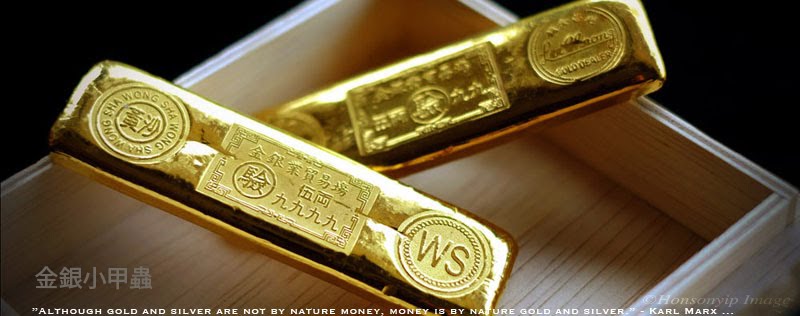https://www.kitco.com/news/article/2023-12-22/worlds-lowest-cost-gold-producers-q3-2023-report
Kitco News) – Centerra Gold was the lowest cost gold producer in Q3 2023 (among 100koz+/quarter producers) measured by all-in sustaining cost metric, followed by Lundin Gold and Perseus Mining. The average AISC reported by lowest cost producers increased by 3% y-o-y, largely due to inflationary pressures.
The following is the list of the top 10 lowest cost gold mining companies in Q3 2023. We looked only at companies that produced more than 100,000 ounces of gold in Q3 2023 and reported all-in sustaining cost (AISC) metric, which serves as an internationally recognized benchmark for operating efficiency. AISC is in USD.
1. Centerra Gold (TSX:CG) (NYSE:CGAU). $827/oz. The company’s AISC on a by-product basis was $827 per ounce in Q3 2023, down 12% compared to $941 per ounce in Q3 2022. According to Centerra, the decrease in AISC on a by-product basis was primarily due to lower gold production costs per ounce and lower corporate general administrative costs. This was partially offset by lower by-product credits as a result of lower copper pounds sold and higher sustaining capital expenditures at the Mount Milligan mine and the Öksüt mine.
2. Lundin Gold (TSX:LUG) (OTCQX:LUGDF). $907/oz. Ecuador-focused gold producer Lundin Gold reported AISC of $907 per oz of gold sold in Q3 2023, up 12% compared to Q3 2022, primarily because of lower gold production due to expected lower grade and recoveries, as well as an increase in sustaining capital activities during the quarter.
3. Perseus Mining (ASX:PRU) (TSX:PRU). $937/oz. Africa-focused gold producer Perseus Mining reported AISC of $937/oz in Q3 2023, which is an increase of 7% from Q3 2022 ($879/oz).
4. Endeavour Mining (LSE:EDV) (TSX:EDV) (OTCQX:EDVMF). $967/oz. Endeavour Mining, the largest gold producer in West Africa, reported AISC from continuing operations of $967/oz in Q3 2023, an increase of 13% over Q3 2022, due to higher costs across all the company’s continuing operations.
5. Evolution Mining (ASX:EVN). $1,056/oz. Australia’s Evolution Mining reported AISC of $1,056/oz in Q3 2023, up 2% compared to AISC of $1,034/oz in Q3 2022.
6. Alamos Gold (TSX:AGI) (NYSE:AGI). $1,121/oz. The company’s Q3 2023 AISC of $1,121 per ounce was 5% lower than the prior year period driven by the low-cost production growth from La Yaqui Grande.
7. Agnico Eagle (NYSE:AEM) (TSX:AEM). $1,210/oz. The company’s AISC increased by 9% when compared to the prior-year period primarily due to higher minesite costs per tonne resulting from inflation.
8. Barrick (NYSE:GOLD) (TSX:ABX). $1,255/oz. Barrick’s AISC was 1% lower than the prior year quarter, mainly due to the impact of the sales mix across the portfolio, with a higher contribution of ounces at a lower cost per ounce from Cortez, Turquoise Ridge and Kibali, combined with lower unit costs at Carlin and lower minesite sustaining capital expenditures on a per ounce basis.
9. Eldorado Gold (TSX:ELD) (NYSE:EGO). $1,259/oz. Eldorado Gold’s AISC increased by 11% y-o-y to $1,259/oz in Q3 2023, primarily due to lower production at Kisladag and price increases for certain commodities and consumables.
10. Kinross (TSX: K) (NYSE: KGC). $1,264/oz. In Q3 2023, the company’s AISC from continuing operations per Au oz. sold on a by-product basis was $1,264, compared with $1,269 in Q3 2022. Kinross noted the ramp-up of production at La Coipa, which continued to be the company’s lowest cost operation in Q3 2023.
Lowest cost gold producers in Q3 2023




















